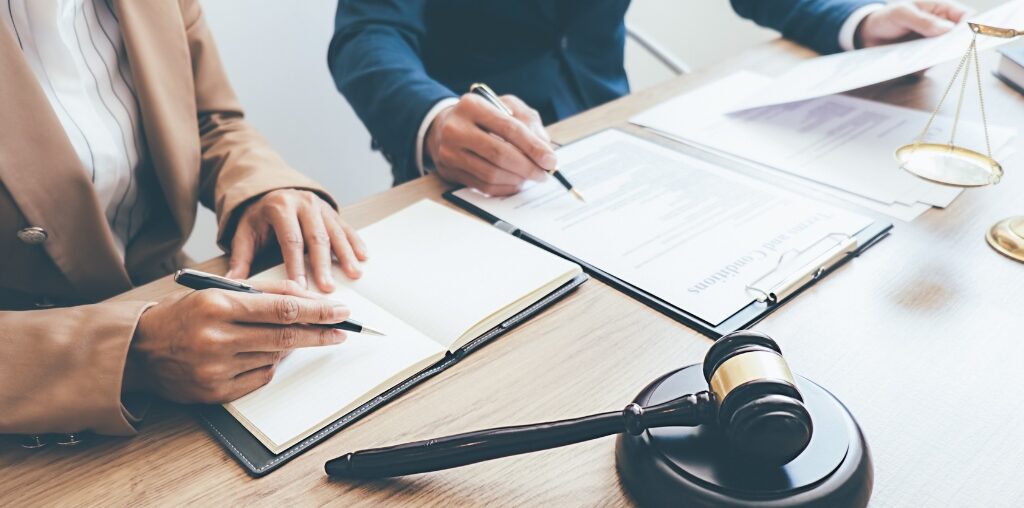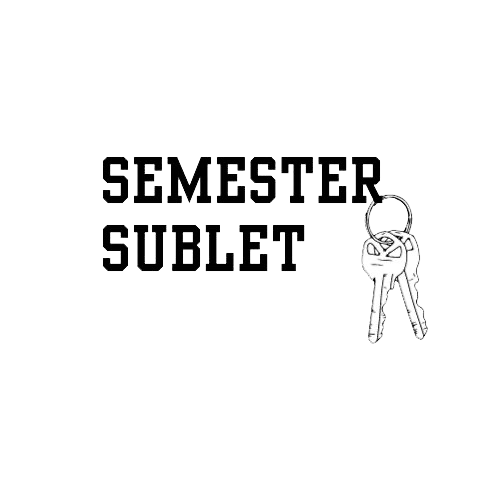In a world where digital content reigns supreme, the complexities of copyright law can feel overwhelming. As creators and consumers navigate this intricate landscape, understanding the nuances of intellectual property becomes essential. From artists to bloggers, everyone must grapple with how to protect their work in an era defined by rapid technological advancement.
With AI tools revolutionizing law practices and reshaping traditional legal paradigms, staying informed about copyright issues is more crucial than ever. Join us as we delve into the multifaceted realm of copyright law in the digital age and empower you to safeguard your creative endeavors effectively.
Understanding Copyright Law: A Brief Overview
Copyright law is designed to protect original works of authorship. This includes everything from literature and music to films and software. When an artist creates something, they automatically hold the copyright for it.
The main purpose of copyright is to give creators exclusive rights over their work. This allows them to control how their creations are used, distributed, or reproduced. Copyright isn’t just a legal formality; it’s a vital shield that encourages creativity by ensuring artists can benefit from their efforts.
Duration matters too—copyright protection typically lasts for the creator’s lifetime plus an additional 70 years in many jurisdictions. After this period, the work enters the public domain, allowing anyone to use it freely.
Understanding these basics forms a foundation for navigating more complex issues surrounding copyright in our increasingly digital world. It’s important for everyone involved in content creation or consumption to grasp these principles clearly.
The Impact of the Digital Age on Copyright Law
The digital age has transformed how we create and consume content. With just a click, millions can access various works online. This shift raises significant challenges for copyright law.
Traditionally, copyright protected creators’ rights in a more tangible sense. Now, the lines blur between sharing and infringing. User-generated content platforms exacerbate these complexities as individuals remix or share copyrighted material effortlessly.
Additionally, rapid technological advancements complicate enforcement efforts. Automated tools can track violations but often struggle with context—leading to confusion over fair use claims.
Social media also plays a pivotal role in this landscape. Content goes viral in an instant, making it difficult to ascertain ownership before widespread distribution occurs.
As society navigates these changes, understanding the nuances of copyright becomes essential for creators and consumers alike. The balance between protecting intellectual property and fostering creativity is delicate yet crucial in our interconnected world.
Common Misconceptions about Copyright and Fair Use
Many people believe that once they publish something online, it automatically becomes theirs and is protected from use by others. This isn’t entirely true. Copyright applies automatically to original works, but many nuances exist.
Another common misconception is that using a small portion of someone else’s work always falls under fair use. While fair use can apply in certain contexts—like commentary or education—it isn’t a blanket rule. Context matters significantly.
Additionally, some think that attributing the source makes it legal to use any content freely. Attribution does not grant permission; copyright still holds regardless of whether you credit the creator.
There’s the notion that simply downloading an image or video for personal use doesn’t infringe on copyright laws. Even private usage can lead to legal consequences if the owner asserts their rights. Awareness and understanding are essential when navigating these waters.
Strategies for Protecting Your Intellectual Property Online
Protecting your intellectual property online starts with understanding your rights. Register your work, whether it’s a piece of writing or an innovative design. Registration provides stronger legal backing if disputes arise.
Another effective strategy is to use watermarks on images and videos. This makes unauthorized use less appealing while maintaining visibility for your brand.
Consider setting up alerts for copyright infringements using tools like Google Alerts or specialized services. Being proactive allows you to address issues as they occur, rather than after significant damage has been done.
Utilize licensing agreements when sharing your work. Specify how others can use it, ensuring that you maintain control over its distribution and modification.
Educate yourself about the latest developments in copyright law and digital rights management technologies. Knowledge empowers creators to safeguard their assets effectively in an ever-evolving landscape.
Navigating the Legal Process of Copyright Infringement
Experiencing copyright infringement can be overwhelming. Understanding the legal process is crucial for protecting your rights.
First, document everything related to the infringement. Collect evidence of how and where your work has been used without permission. This includes screenshots, links, or any relevant communication.
Next, consider sending a cease-and-desist letter to the infringer. This formal request outlines your ownership and demands they stop using your content immediately. It’s often effective in resolving disputes before escalating further.
If that doesn’t yield results, you may need to file a complaint with a relevant authority or take legal action. Consulting with an attorney specializing in intellectual property law can provide guidance tailored to your situation.
Being proactive helps safeguard your creative works while navigating this complex landscape more effectively. Stay informed about potential changes in copyright laws as well; they can impact how cases are handled moving forward.
The Importance of Staying Up-to-Date on Copyright Laws
Copyright laws are constantly evolving, especially in our fast-paced digital landscape. Staying informed about these changes is crucial for creators and businesses alike. Ignorance of current regulations can lead to unintentional infringements, resulting in costly legal disputes.
Moreover, new technologies often prompt updates to existing laws. For instance, the rise of social media has transformed how content is shared and consumed. Understanding your rights—and limitations—can empower you to navigate this complex terrain confidently.
Engaging with expert resources or attending workshops can be invaluable. Regularly checking legal blogs or subscribing to newsletters dedicated to copyright issues keeps you ahead of potential pitfalls.
Knowledge isn’t just power; it’s protection too. By staying updated on copyright developments, you safeguard your creative work while fostering a culture of respect for intellectual property rights within the online community.
Conclusion: How to Navigate Copyright Law in the Digital Age Effectively
Navigating copyright law in the digital age can be daunting, but it is essential for anyone creating or sharing content. Understanding the basics of copyright and how it has evolved with technology lays a solid foundation.
The digital landscape has changed how we interact with intellectual property. It’s vital to recognize these shifts and their implications on your rights and responsibilities. Misconceptions about copyright and fair use are common, so educating yourself on these topics will empower you to protect your work effectively.
Utilizing strategies to safeguard your intellectual property online is crucial. This includes understanding licensing agreements, using watermarks, and leveraging metadata correctly. Additionally, being prepared for potential infringement issues means knowing how to navigate the legal process should they arise.
Staying informed about changes in copyright laws is equally important as regulations continue to evolve alongside advancements in technology. Resources like webinars, articles, and legal consultations can keep you updated.
By taking proactive steps now—embracing AI tools that revolutionize law practices—you can ensure that you’re equipped to handle any challenges related to copyright law in this dynamic environment. Balancing creativity with protection leads not only to success but also fosters a culture of respect for original works within our interconnected world.




